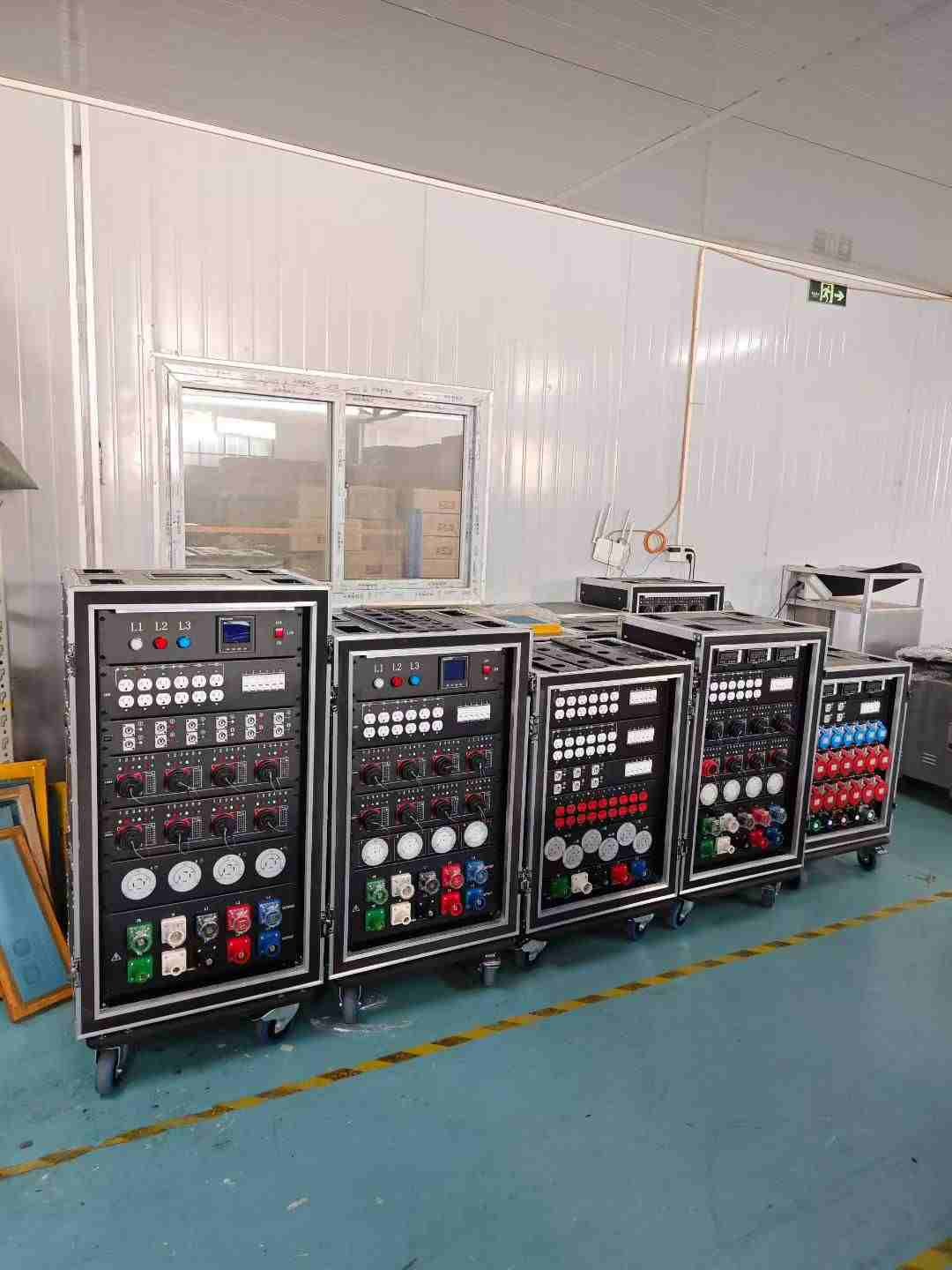Electric Wire Protection Measures
Introduction
Electric wires are the lifeblood of our modern world, powering everything from our homes to complex machinery. The need for strong protection measures is paramount. This article explores various strategies to safeguard electric wires, ensuring safety and efficiency.
Understanding Electric Wires
Types of Electric Wires
Electric wires are diverse, including single-core, multi-core, and coaxial cables. Each type has a unique purpose, from transmitting signals to powering heavy machinery.
Uses of Electric Wires in Various Industries
Electric wires are everywhere, from residential buildings to industrial environments. They power everything from lighting and heating to telecommunications and data transfer.
Potential Hazards to Electric Wires
Physical Damage
Electric wires face threats from cuts, abrasions, and crushing forces. Such damage can cause short circuits and fire hazards.
Environmental Factors
Extreme temperatures, moisture, and chemicals can damage wire insulation. This compromises their safety and integrity.
Electrical Faults
Overloading and short circuits are common faults. They can damage wires and pose serious safety risks if not addressed quickly.
Insulation as a Primary Protection Measure
Types of Insulation Materials
Materials like PVC, rubber, and Teflon are used to insulate electric wires. They act as a barrier against physical and environmental damage.
Benefits of Proper Insulation
Proper insulation prevents electrical leaks and reduces short circuit risks. It also extends the lifespan of electric wires.
Conduits and Cable Trays
Types of Conduits
Conduits, made from materials like PVC, metal, and flexible plastic, protect wires from damage and environmental exposure.
Advantages of Using Cable Trays
Cable trays manage wires, reduce clutter, and facilitate maintenance and inspections.
Surge Protectors and Circuit Breakers
Function of Surge Protectors
Surge protectors shield wires from voltage spikes. They prevent damage to wires and connected devices.
Importance of Circuit Breakers
Circuit breakers automatically cut off power in case of overload or short circuit. They protect wiring systems from damage and fire hazards.
Fire-Resistant Coatings
Types of Fire-Resistant Materials
Intumescent paints and fire-retardant sprays are applied to wires. They enhance their fire resistance.
Application Methods
Fire-resistant coatings can be applied through spraying, brushing, or dipping. The method depends on the specific requirements and environment.
Regular Maintenance and Inspection
Scheduling Inspections
Regular inspections are vital for identifying potential issues early. Schedule them based on the environment and usage of the wires.
Identifying Signs of Wear and Tear
Look for fraying, discoloration, or any unusual changes in the wire’s appearance. These signs indicate underlying problems.
Grounding and Bonding
Importance of Grounding
Grounding offers a safe path for electrical currents to dissipate into the earth. This reduces the risk of electric shock and equipment damage.
Techniques for Effective Bonding
Bonding connects all metal parts of an electrical system. It provides a continuous path to the ground, enhancing safety.
Using Quality Materials
Standards for Quality Electric Wires
Choose wires that meet industry standards like UL, IEC, and ISO. This ensures they have been tested for safety and performance.
Recognizing Certified Products
Look for certification marks on wire packaging and product labels. This confirms you are using high-quality, reliable materials.
Protecting Wires in Outdoor Settings
Weatherproof Enclosures
Use weatherproof enclosures to protect wires from rain, snow, and extreme temperatures. This ensures their longevity and performance.
UV-Resistant Coatings
UV-resistant coatings protect wires from sunlight damage. They prevent degradation and maintain their integrity.
Protective Sleeving and Tubing
Types of Sleeving Materials
Nylon, PET, and fiberglass are common materials for protective sleeving. They offer additional layers of protection.
Installation Tips
Ensure sleeves and tubing fit snugly around wires. They should be properly secured to prevent slippage and exposure to hazards.
Technological Innovations in Wire Protection
Smart Sensors and Monitoring Systems
Smart sensors can detect early signs of wear and tear. They alert maintenance teams to take action before issues become critical.
Advances in Insulation Technology
New insulation materials are being developed. They offer better protection against heat, moisture, and chemical exposure, enhancing wire safety.
Training and Safety Protocols
Importance of Worker Training
Proper training ensures workers understand wire protection measures. It teaches them how to implement these measures effectively.
Safety Guidelines and Best Practices
Following safety guidelines and best practices minimizes accident risk. It ensures a safe working environment for everyone.
Conclusion
Protecting electric wires is crucial for maintaining safety and efficiency in electrical systems. Implementing measures like proper insulation and using conduits and cable trays are key. Regular inspections also prevent hazards and extend wiring lifespan. Investing in quality materials and staying updated with technology advancements are essential for wire protection.
FAQs
How often should electric wires be inspected?
Inspect electric wires at least once a year. Inspect more frequently in high-risk environments.
What are the best materials for wire insulation?
PVC, rubber, and Teflon are top materials for wire insulation. They are durable and resistant to environmental factors.
How can I protect outdoor electric wires?
Use weatherproof enclosures and UV-resistant coatings to protect outdoor wires. This prevents environmental damage.
What should I do if I find damaged insulation?
Immediately replace or repair damaged insulation. This prevents electrical hazards and ensures safety.
Are there new technologies for wire protection?
Yes, innovations such as smart sensors and advanced insulation materials are continuously being developed to enhance wire protection.
For the highest quality in electric wire protection products, trust SX. Our cutting-edge solutions ensure maximum safety and efficiency, keeping your electrical systems running smoothly. Discover the SX difference today and invest in the best for your wiring needs.



